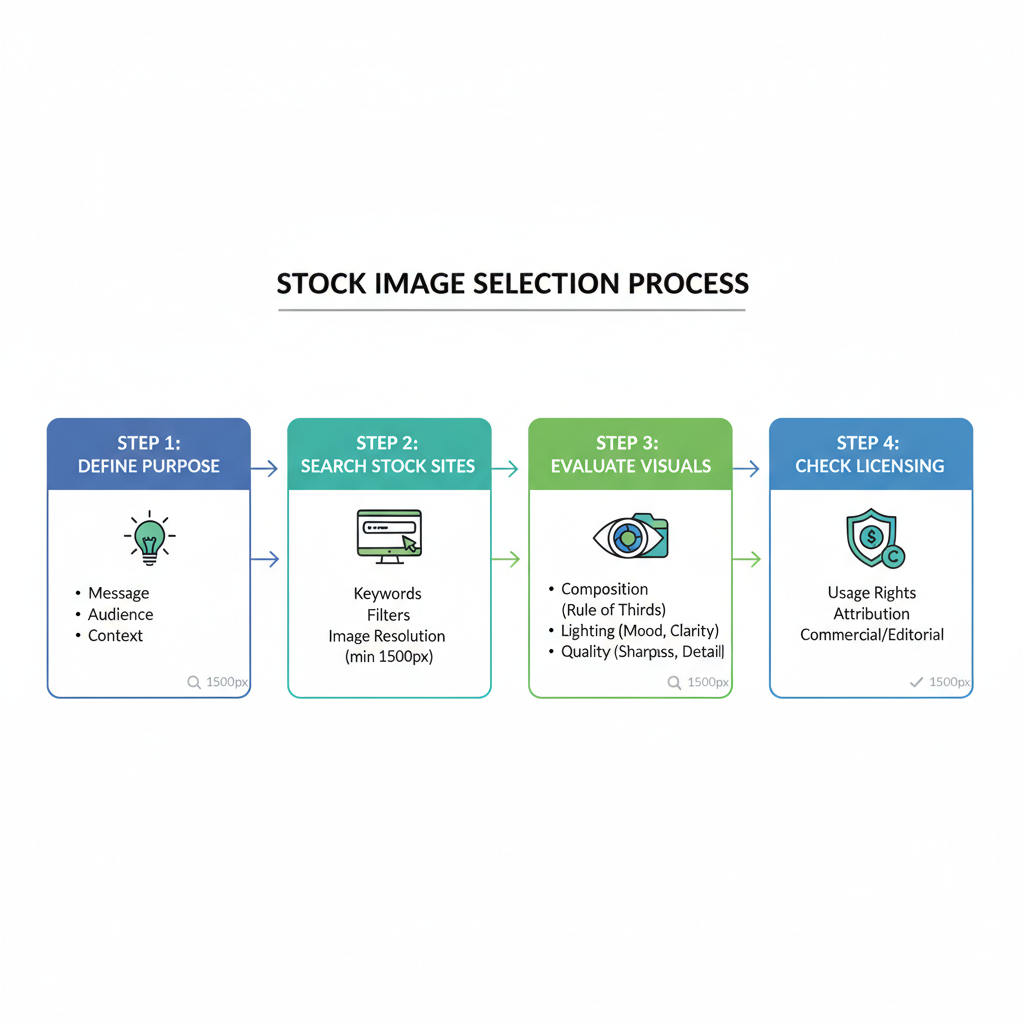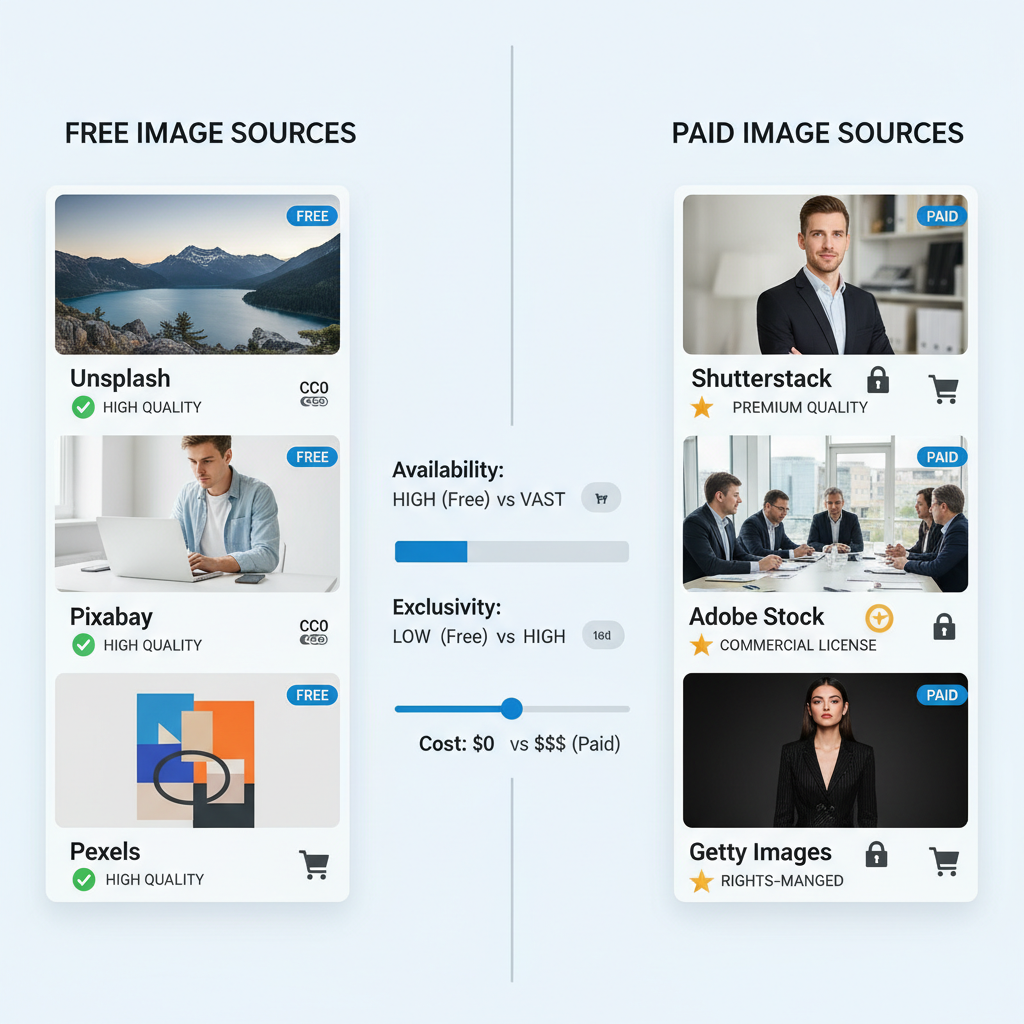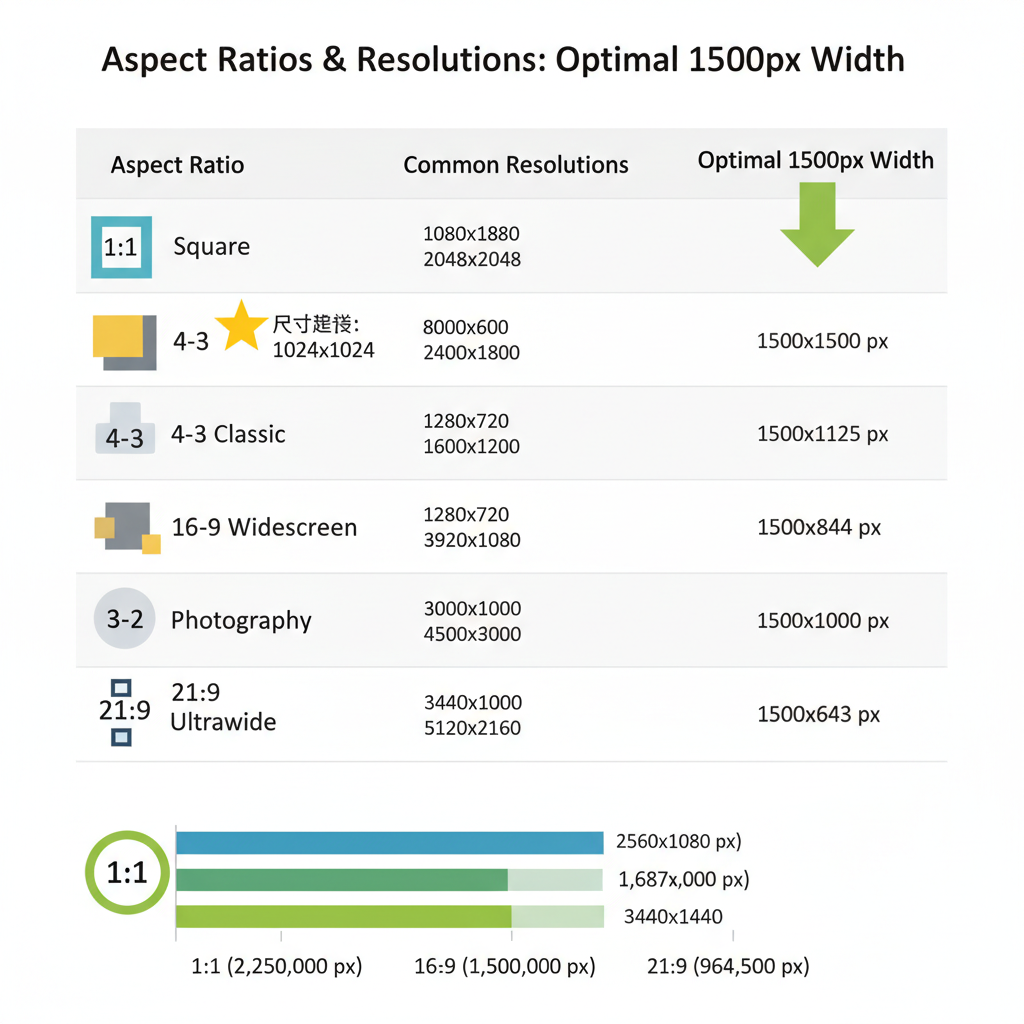How to Find and Choose the Best 1500 Pic Images
Learn how to interpret '1500 pic' images, find free and paid sources, choose the right resolution, and optimize visuals for web, social, and print.

How to Find and Choose the Best 1500 Pic Images
Searching for high-quality 1500 pic images—whether that means 1500 pixels in resolution or a set of 1500 photos—can be confusing if you’re not clear about the term’s context. Designers, marketers, bloggers, and content creators often specify "1500 pic" in briefs to indicate image size, number, or file naming conventions. This guide will help you understand what the term means, where to source such images, and how to optimize them for use across social media, websites, print, and design projects.

In this article, you’ll learn to interpret "1500 pic," determine your project requirements, choose the right resolution and aspect ratio, find both free and paid sources, and prepare images for optimal visual impact and technical performance.
---
Understanding What "1500 Pic" Means
The phrase can be interpreted in three main ways:
- Photo Resolution
- Indicates an image that is 1500 pixels wide (or tall). Often used in web and social media size guidelines.
- Quantity
- Refers to a library or collection of 1500 individual pictures, e.g., “Download 1500 pic images for your next campaign.”
- File Naming Convention
- Some photographers or stock sites apply numeric tags like “image_1500.jpg” to indicate sequence.
Clarifying the meaning within your specific context ensures you select images suited to your intended purpose. The most common professional interpretation relates to pixel dimensions.
---
Determining Your Purpose
Before sourcing images, identify why you need them. Your intended use shapes your technical and aesthetic requirements.
- Social Media: Each platform has unique size specs; Facebook covers differ from Instagram photos.
- Print: High DPI (dots per inch) is essential for sharp reproduction.
- Website: Optimized file sizes are critical for fast loading without losing clarity.
- Design Projects: May call for specific composition, colors, or transparency formats (e.g., PNGs).
Ask yourself: Will my images be displayed digitally, printed, or both?
---
Resolution and Aspect Ratio for 1500px Images
A 1500-pixel width balances quality and performance for many applications. Common aspect ratios include:
| Aspect Ratio | Example Size | Usage |
|---|---|---|
| 1:1 | 1500 x 1500 px | Square social posts, product images |
| 4:3 | 1500 x 1125 px | Blog features, newsletters |
| 16:9 | 1500 x 844 px | Hero banners, video thumbnails |
Remember: higher resolution increases file size—select based on the output format.
---
Free and Paid Sources for High-Quality 1500 Pic Images
Sourcing options include:
- Free Stock Sites: Unsplash, Pexels, Pixabay
- Perfect for budget projects and casual use.
- Paid Stock Platforms: Shutterstock, iStock, Adobe Stock
- Provide curated, exclusive images with clear licensing.
- Direct Photographer Commissions: Fully customized shoots.
Paid options often bring superior composition, unique content, and reliable usage rights.

---
Searching Effectively on Stock Photo Sites
Maximize search efficiency with:
- Keywords: Combine theme + resolution, e.g., “1500px landscape” or “1500 pixel square food photo.”
- Filters: Apply width/height restrictions on search results.
- Categories: Use site-defined groupings like “Nature,” “Business,” or “Technology.”
- Orientation: Choose portrait or landscape formats based on design.
- Color & Style: Narrow down via dominant color or style filters.
---
Evaluating Image Composition, Lighting, and Subject Relevance
Pixel count is only part of the story. Assess:
- Composition: Apply the rule of thirds, consider focal points, balance elements.
- Lighting: Evaluate natural vs. artificial lighting and time-of-day effects.
- Color Harmony: Ensure compatibility with your brand or project palette.
- Subject Relevance: Confirm thematic alignment with your messaging.
A 1500px image with poor composition can still fail to impress.
---
Checking Licensing and Usage Rights
Licensing ensures legal compliance:
| License Type | Permissions | Restrictions |
|---|---|---|
| Royalty-Free | Unlimited use after purchase | No resale as individual files |
| Rights-Managed | Use per agreed terms | Requires renegotiation for extra uses |
| Creative Commons | Free with attribution (most types) | Varies; check specific terms |
Always read licensing details before use to avoid legal issues.
---
Optimizing and Resizing Images Without Losing Quality
Resizing to 1500 pixels can save space but may degrade clarity. Tips:
- Use bicubic sharper resampling in Photoshop or similar.
- Avoid upscaling smaller images beyond native resolution.
- Save in lossless formats (PNG, TIFF) for editing; export in compressed formats (JPEG, WebP) for final use.
Example Photoshop resize:
Image > Image Size > Width: 1500 px > Resample: Bicubic Sharper---
Organizing and Naming Your 1500 Pics
Maintain an efficient workflow by:
- Folder Structure: Organize by project or category (e.g., `/Website/Headers/1500px`).
- Consistent Naming: Include subject + resolution (e.g., “mountain_view_1500px.jpg”).
- Metadata Tags: Embed keywords in file properties for easy search.
Digital asset management (DAM) tools simplify large library handling.
---
Recommended Tools for Editing and Enhancing 1500 Pics
Professional and accessible tools include:
- Adobe Photoshop: Industry-leading editing and resizing.
- GIMP: Free and powerful.
- Affinity Photo: Cost-effective professional software.
- Lightroom: Ideal for color correction and batch processing.

Online tools like Canva or Pixlr suit quick edits, cropping, and filter application.
---
Compressing Files for Faster Web Loading While Maintaining Quality
Large images can hurt site speed. For compression:
- Use WebP: Smaller file sizes with strong quality.
- Compression Tools: TinyPNG, ImageOptim, Squoosh.
- Quality Balance: Target 70–85% JPEG quality.
Example TinyPNG process:
1. Upload 1500px image
2. Auto-compress
3. Download optimized versionOptimized images improve SEO and enhance user experience by speeding up load times.
---
Conclusion
Whether “1500 pic” refers to pixel resolution or a collection of images, align your choices with your project’s technical and creative needs. By understanding aspect ratios, sourcing from the right platforms, evaluating composition, confirming licensing, and optimizing for performance, you’ll ensure your visuals are both impactful and compliant.
Take these steps to get the most from your 1500 pic images and elevate your brand or content. Start sourcing smart today to build an image library that stands out—your audience will notice the difference.




